Sunmark Start-up update: The Radix Center
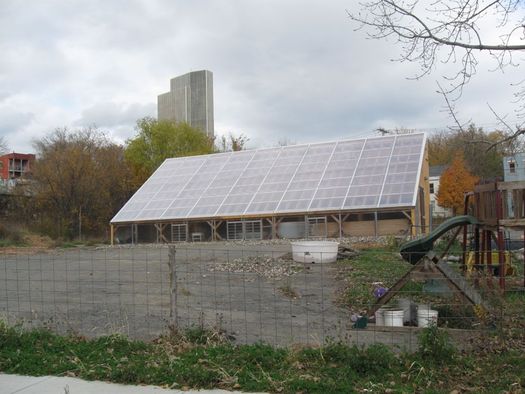
The Radix Center: Albany's Urban farm
This past spring Scott Kellogg and Stacy Pettigrew at The Radix Center for Ecological Sustainability took home $1,500 in the AOA/Sunmark StartUp Contest. Their plan: to use the money to build an aquaculture system in which they could raise fish and watercress in their downtown Albany greenhouse, as well as educate students.
The entire Radix project has seen a lot of change this year. They've completed their two story-greenhouse and built the aquaculture system. They've got composting and vermiculture projects underway, they're growing plants and preparing to bring in small animals. Now comes the first winter-- and a whole lot of experimenting to see what works and what needs to change.
Scott, Stacy and their daughter Violet gave us a tour of the operation.
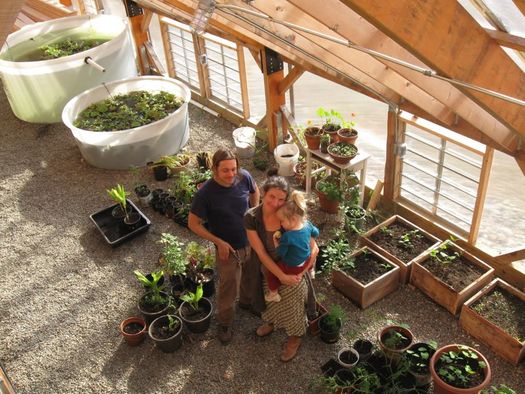
We visited the greenhouse on a lovely day when the temperature was near 60. Inside it felt like 90, and upstairs it was over 100 degrees.
"We have insulation around the perimeter of the whole building that insulates the ground underneath." Scott says. "When the sun shines it soaks up heat. It has high thermal mass -- it takes energy to warm it up but then it releases that heat slowly at night and can keep the interior temp well moderated."

So far the greenhouse temperature hasn't dropped below 42 degrees, even as temperature outside has dropped to 28 degrees. "That's great considering we haven't insulated it or sealed it yet or done any winterizing"
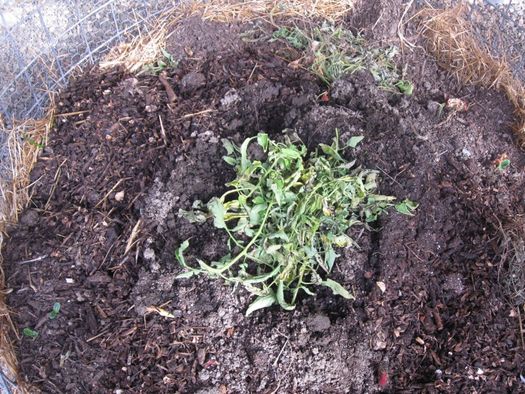
In addition to sun they're hoping their compost heap will help warm the place. They may have to resort to some sort of supplemental heat source. If they do, they'd like to use wood or waste oil, not propane.
Plants
Scott and Stacy are hoping to not only extend the growing season, but actually grow vegetables year round. They've pulled some clippings from their summer plants to start. Stacy also wants to plant kale and other hearty vegetables in low tunnel beds that can be covered and grown outdoors.



Right now there's no water source on the property. They're going to depend on these rainwater collection tanks.
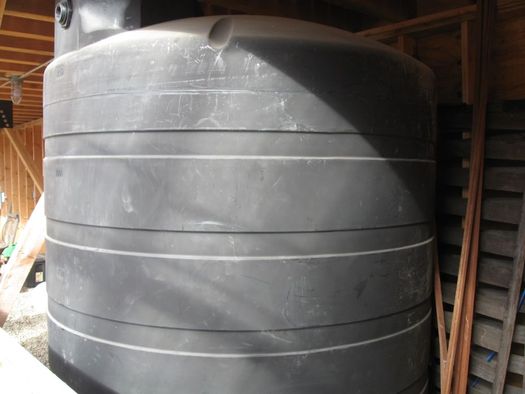
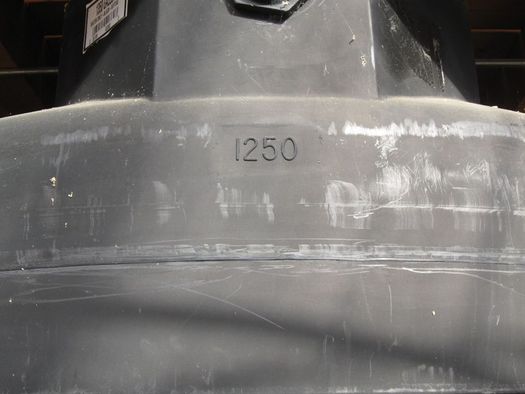
"Rainwater is one of the cleanest types of water and probably one of the best types of water for what we're doing out here," says Scott. Rain that lands on the roof will be caught in gutters and collect in small barrels in front of the greenhouse. There's a float switch in the barrels, so when they're full the water will be pumped into the collection tanks.
Right now the water they use was trucked in to fill the tanks.
Aquaculture
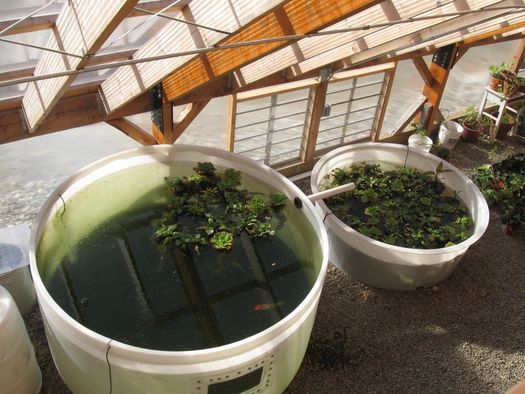
The Sunmark grant helped fund the Radix Center's aquaculture system. The majority of the money was used to buy one of the big tanks. The rest helped them install a window and buy the pluming parts, an air pump, a recirculating water pump and wood for a filter bed.
Right now there are two fish in the system, but soon the tank will be full of catfish and other plant eating fish. Plants like water lettuce and water hyacinth filter out fish waste and impurities in the system.

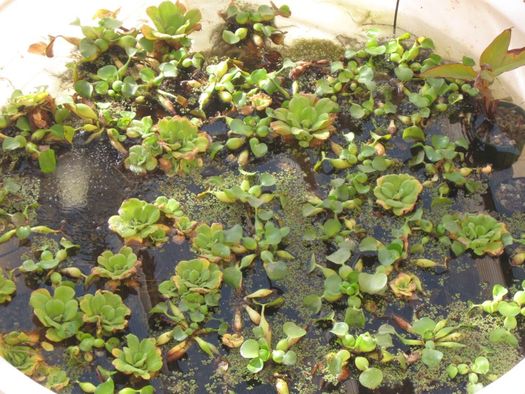
In the next few weeks Scott will hang a bed over the system where they'll grow watercress.
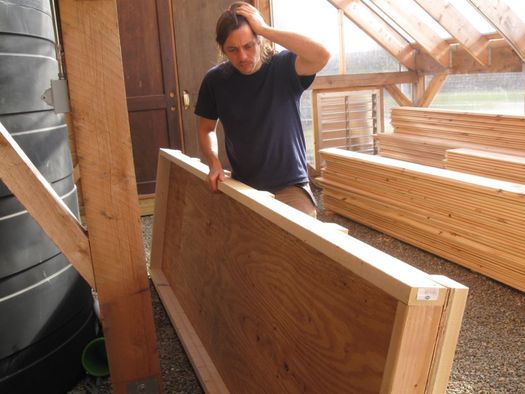
"Water from the fish tank will get pumped up and enter at one end of the bed, then trickle down across the roots of the watercress. The watercress will purify the water. Bacteria living on the roots of the watercress convert the waste produced by the fish... specifically ammonia... into something called nitrate. which is a nutrient for plants. So the watercress will be living awash in nutrients and purifying the water for the fish at the same time. Everybody benefits the plants and the fish.
The Radix center will produce food, but it will also double as an educational facility -- so the tank has a window set at kid size height so students can observe the underwater ecosystem.
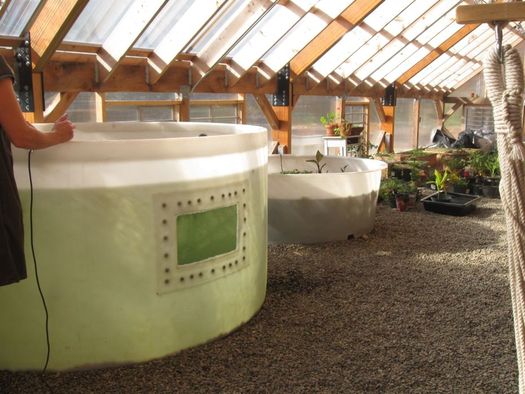

"The aquaponics system models a lake or stream ecosystem," Scott says, "so you can learn how an ecosystem works by just looking at that. My friend Rhonda, she does Youth Organics and they were talking about what kind of vegetables they were going to grow this year, and one girl said 'Can we just plant some fish?' There's this huge disconnect particularly in a lot of urban youth between the food they eat and where it's coming from and then, as they get older, understanding how an ecosystem works."
Animals
Scott and Stacy will be bringing chickens into the greenhouse in the next month or so. They're also raising rabbits that are reproducing like -- well -- rabbits. They're in a hatch a few blocks away but Stacy is hoping to move them to their new home before the next round of babies are born. "Rabbit manure has the highest nitrogen content of all animal manure." Scott says, "So you can apply it directly to gardens and it won't heat up and kill vegetables. Many other animal manures have to sit for a year or so."
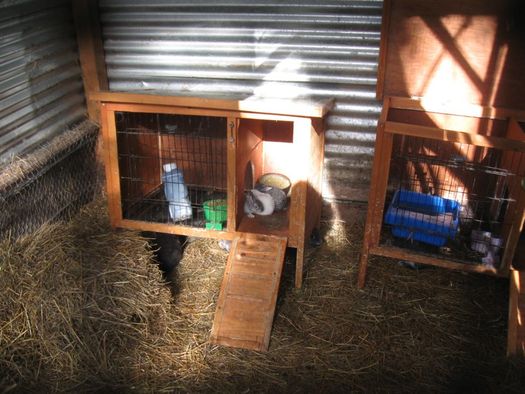
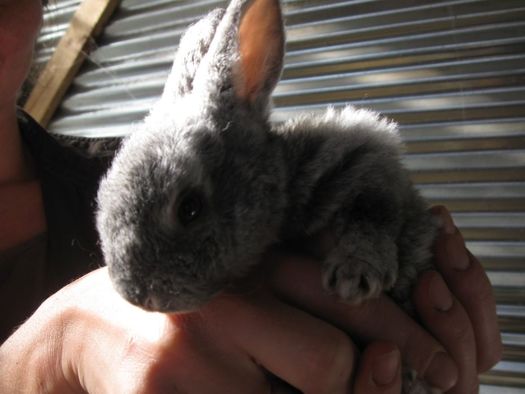

Composting
The Radix Center has been picking up food scraps for composting from folks who like the idea of composting, but don't really want to do it -- or have space to do it -- themselves. In addition to their regular compost heap, they've got a vermiculture system in place. Vermiculture involves composting with worms and can be done in your own home.
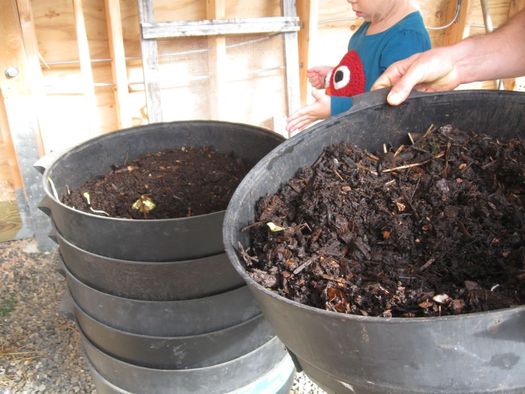

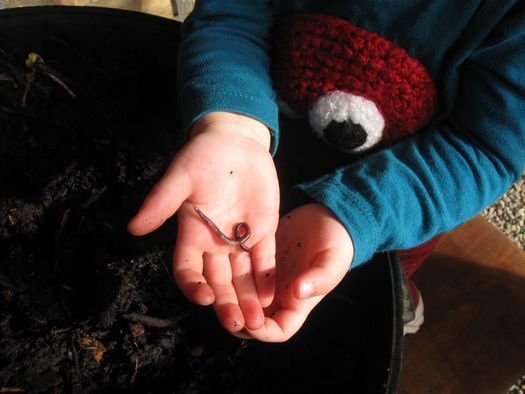
"The worms make a different finished product than what you get out of the compost pile. It's a really fabulous worm fertilizer."
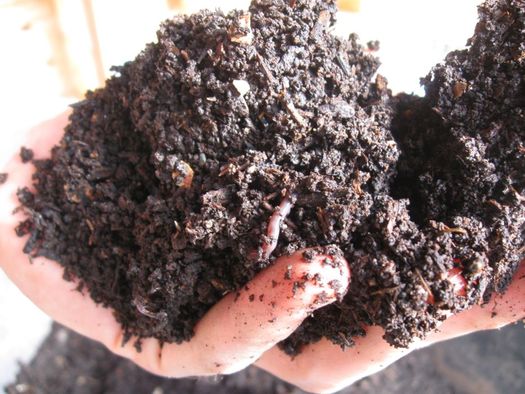
Upstairs
The second story of the Radix center is someplace we're pretty sure we want to visit in February. The temperature on a lovely fall day was desert-like. Scott says the plan is to put in more beds for plants. They're also talking about growing grapes on vines along the back wall.
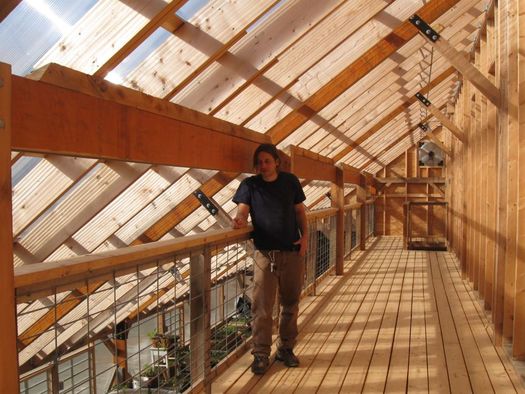
What's next?
Scott and Stacy say this winter will be all about experimenting based on the temperature and conditions in their new greenhouse. They're also working with their first group of students -- a group from Albany's Montessori Magnet School. They're waiting on a DEC grant that would help them expand their education programs, and have seen interest on the part of other schools and the Albany City School District has indicated they'd like to bring other students to the center.
We'll check in with Scott and Stacy periodically to see how things are going.
There's large-format photo tour at the top of this page -- scroll all the way up for it.
Find It
The Radix Center for Ecological Sustainability
153 Grand Street (Corner of Warren St.)
Albany, NY 12202
Hi there. Comments have been closed for this item. Still have something to say? Contact us.
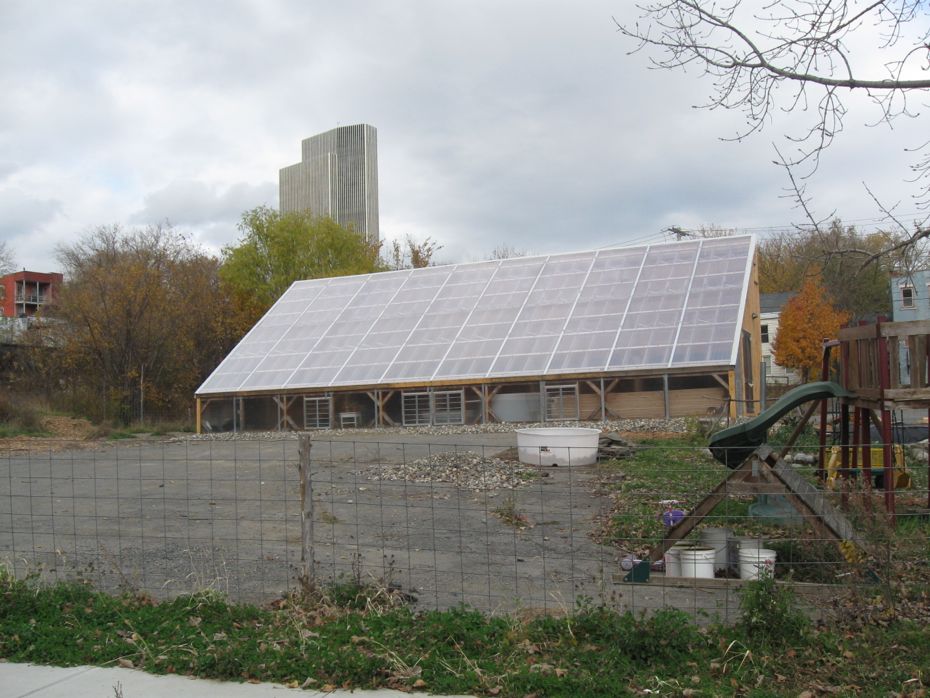

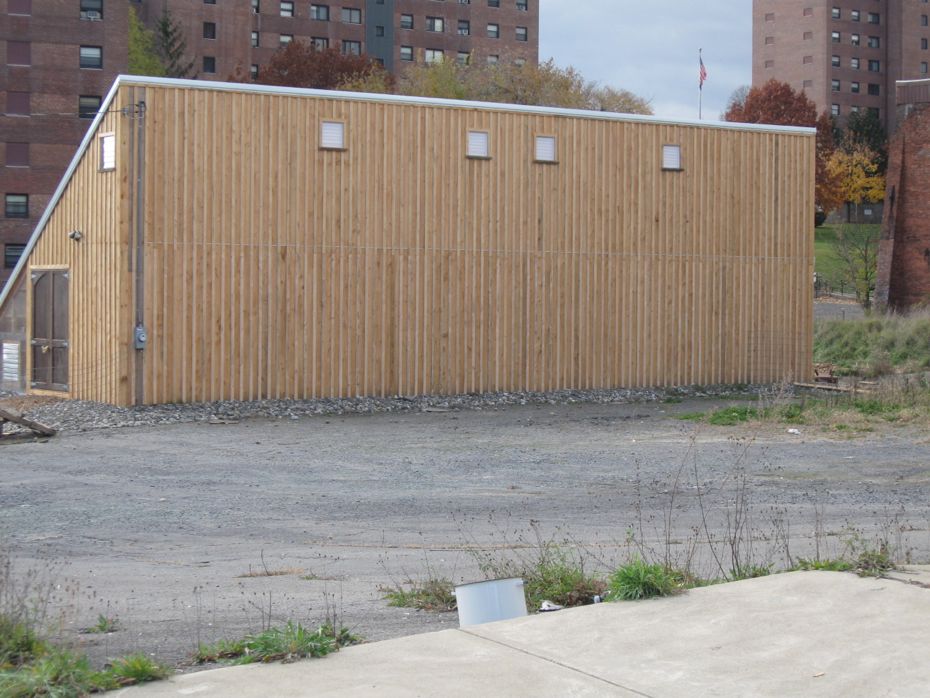


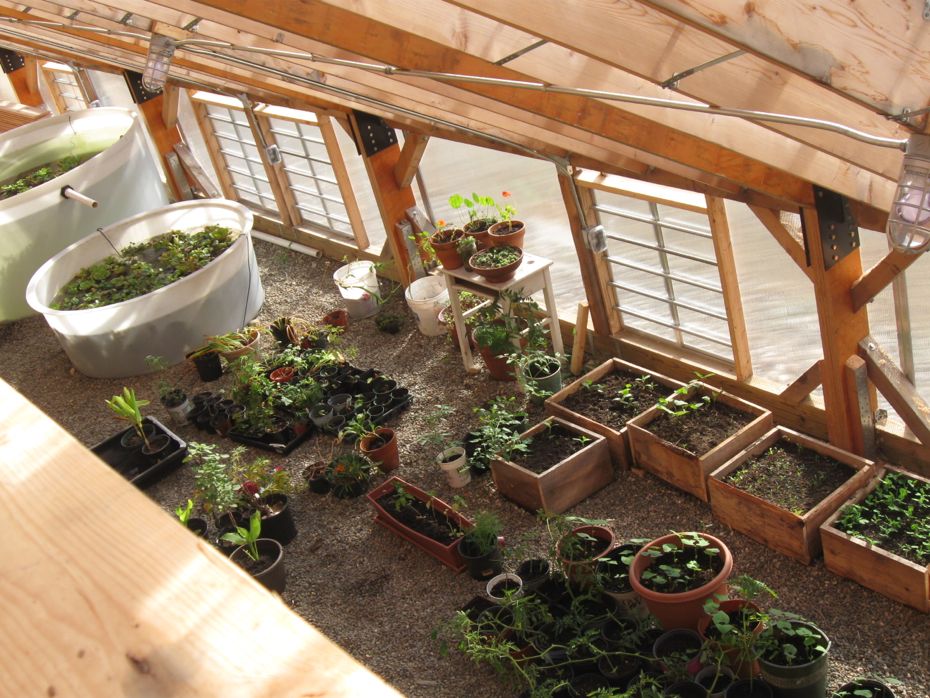
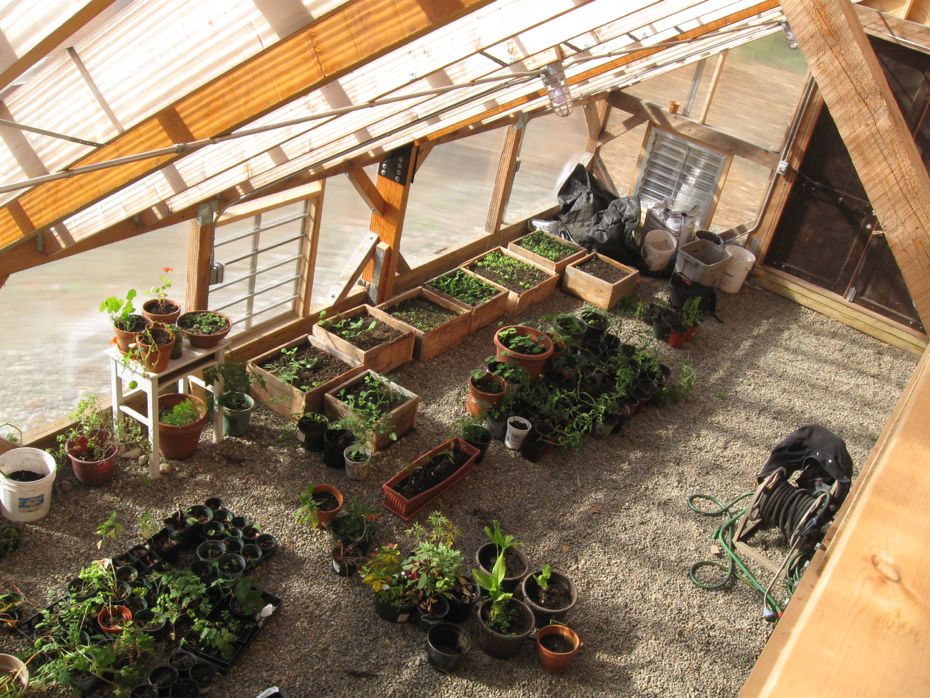
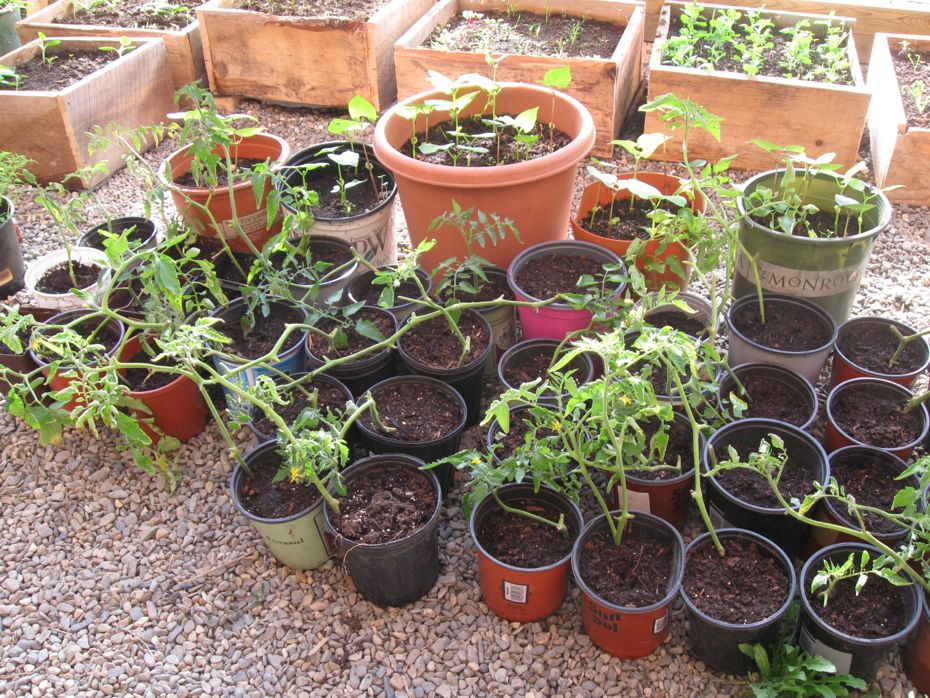
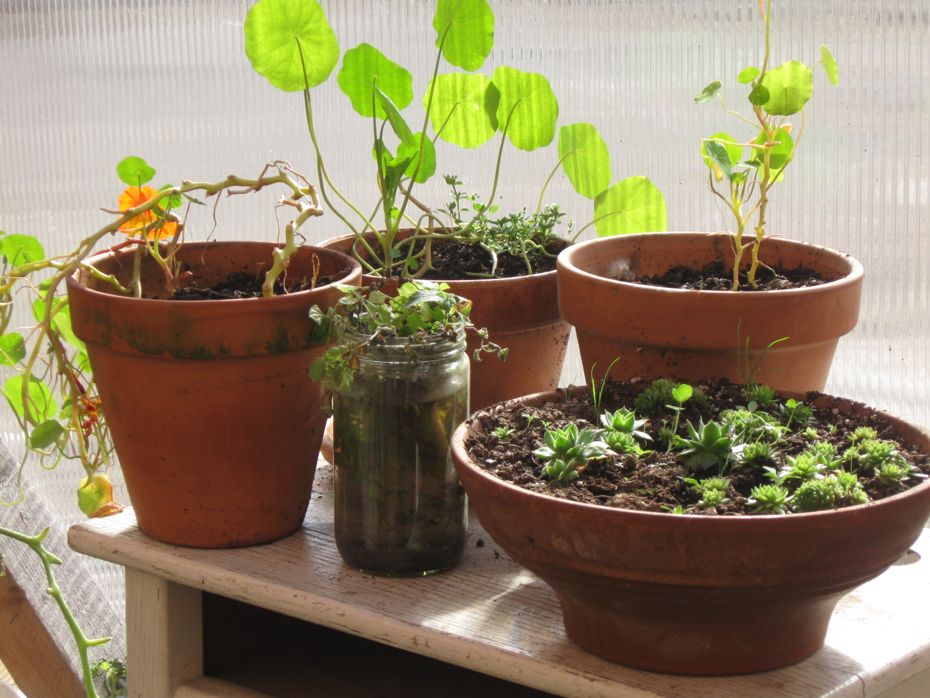
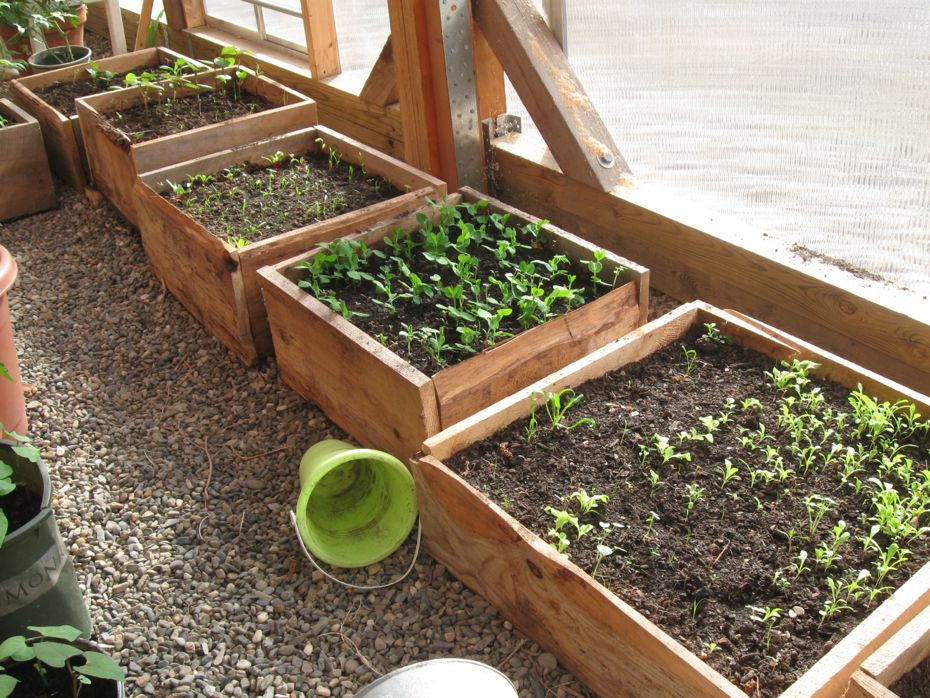
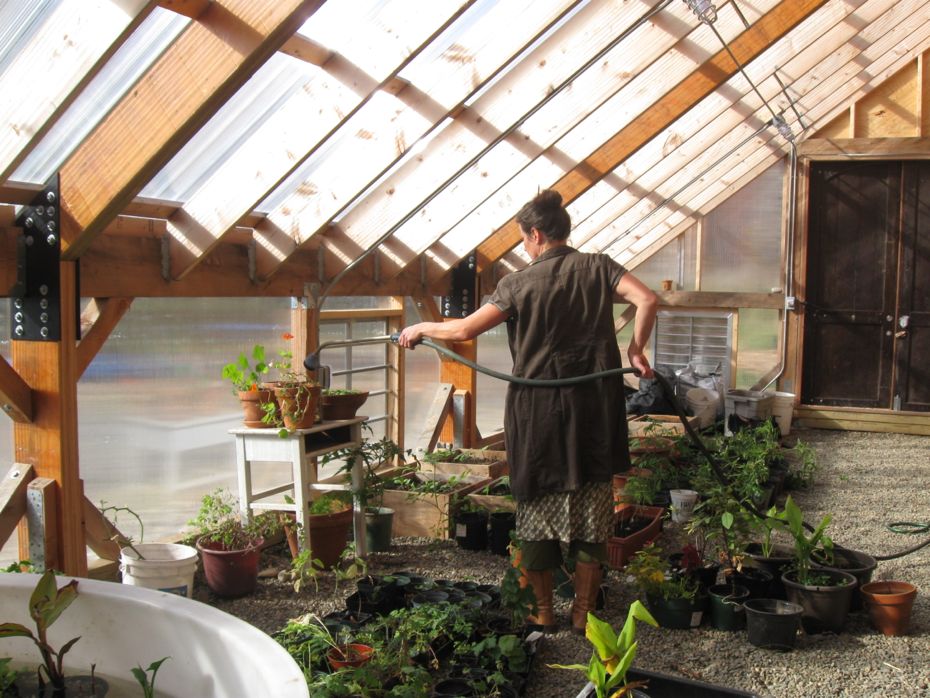
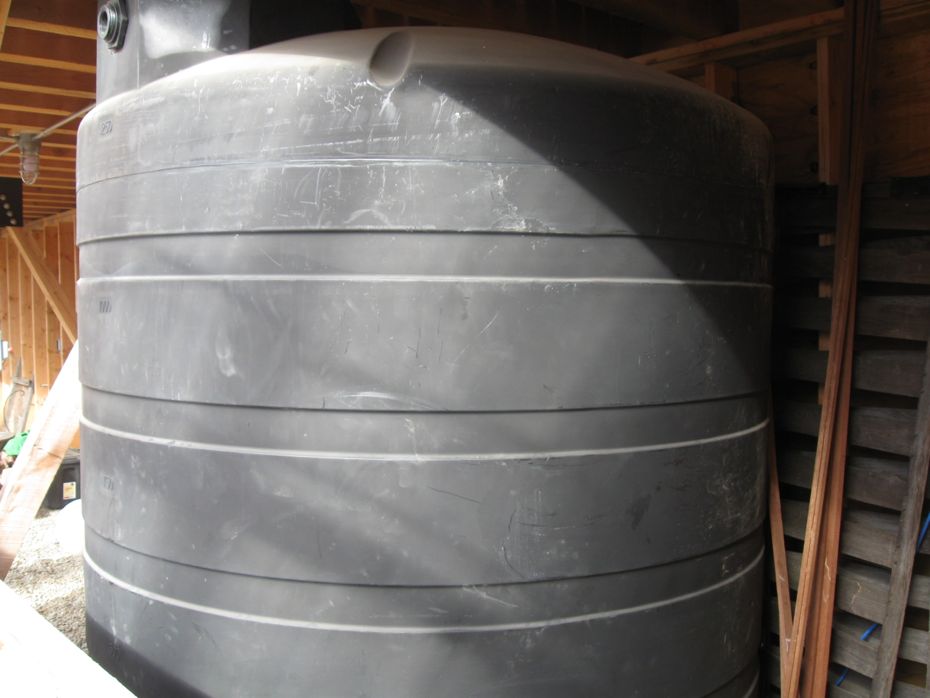


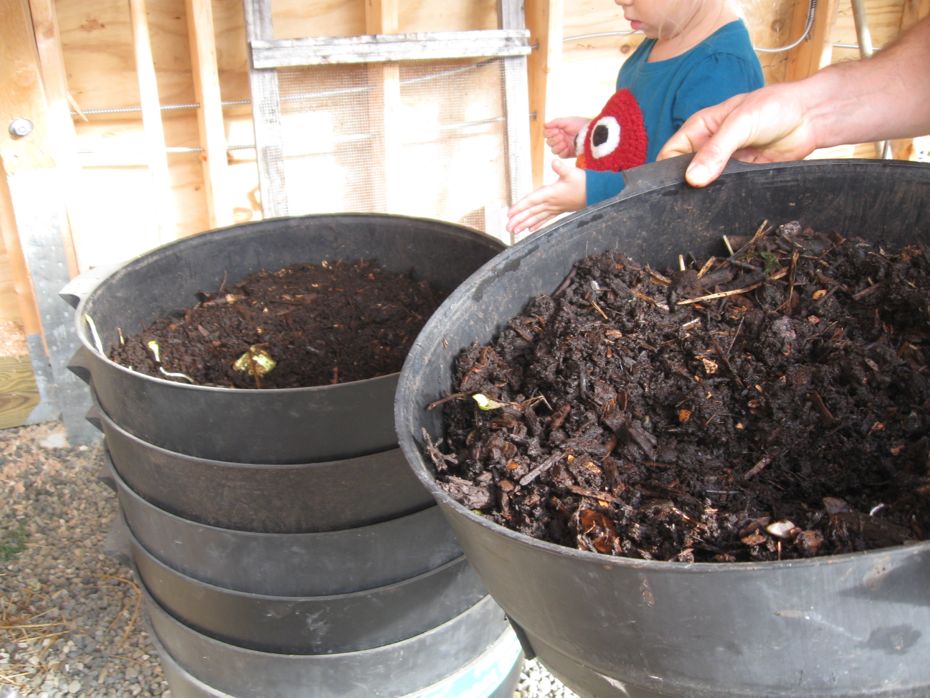
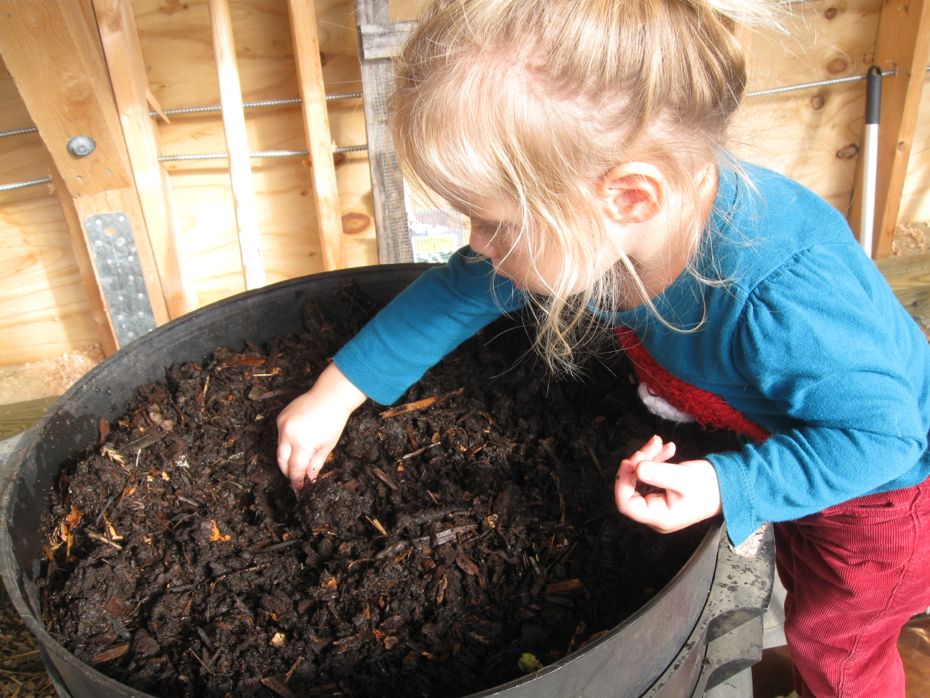

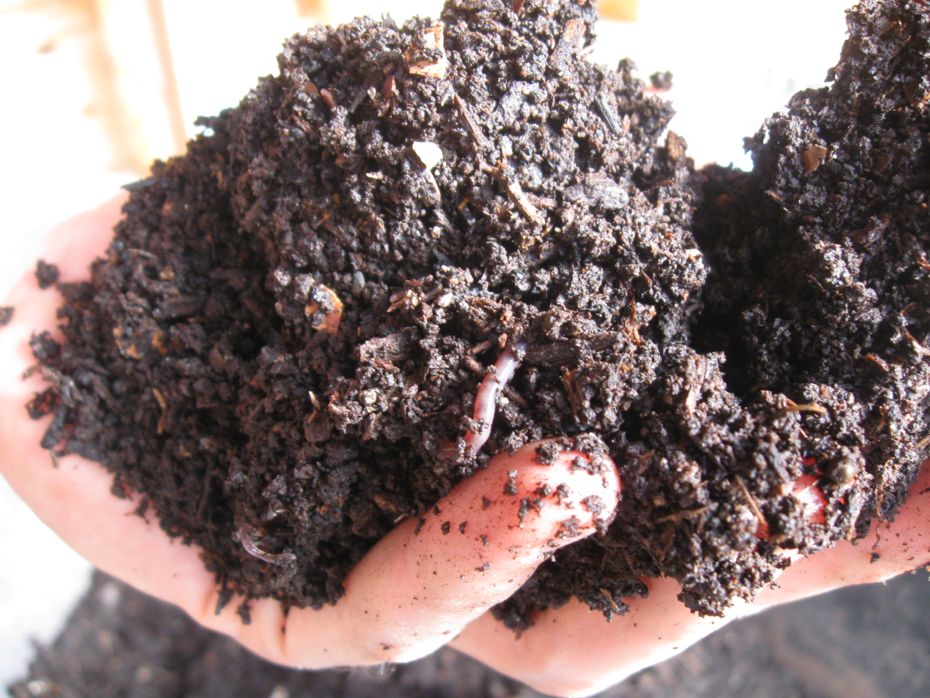
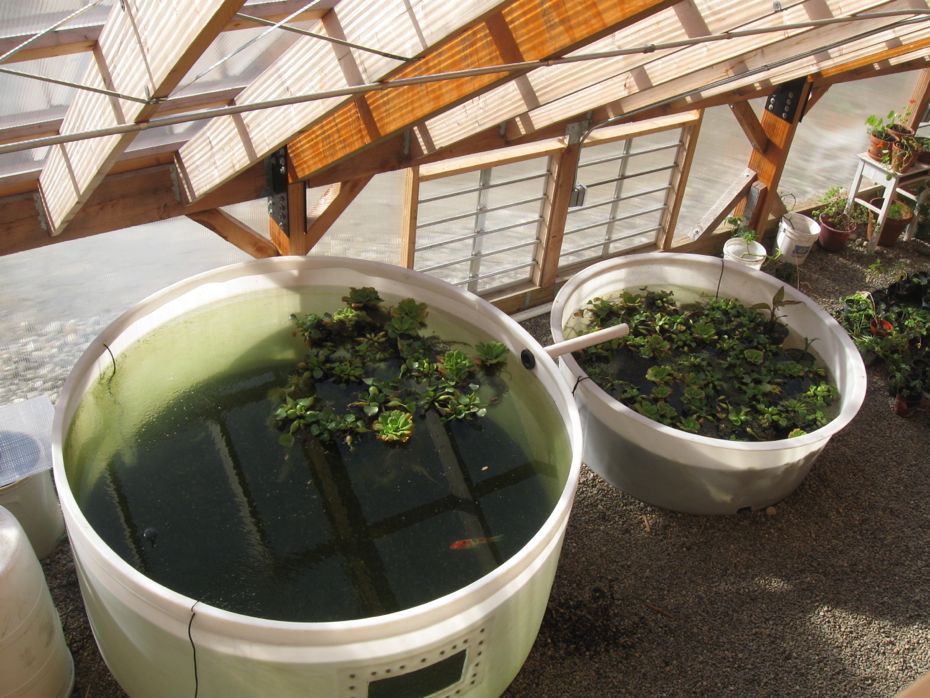
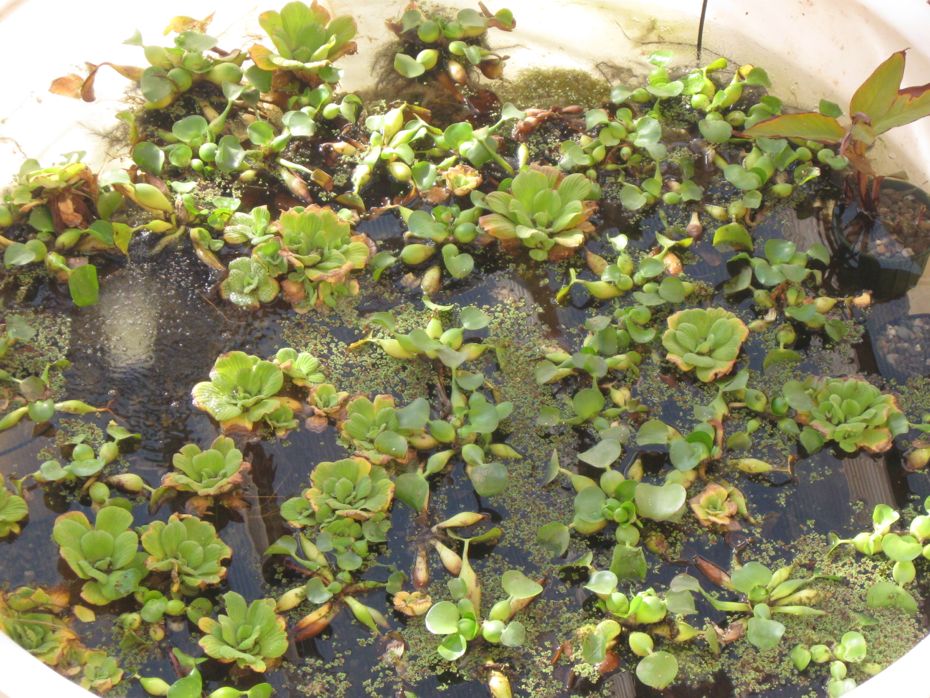

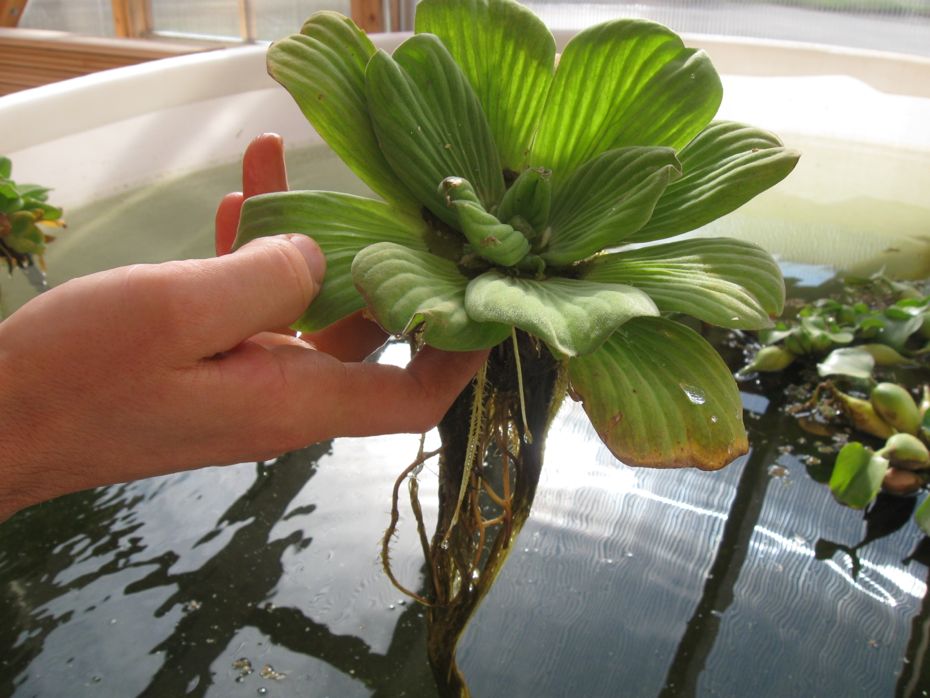
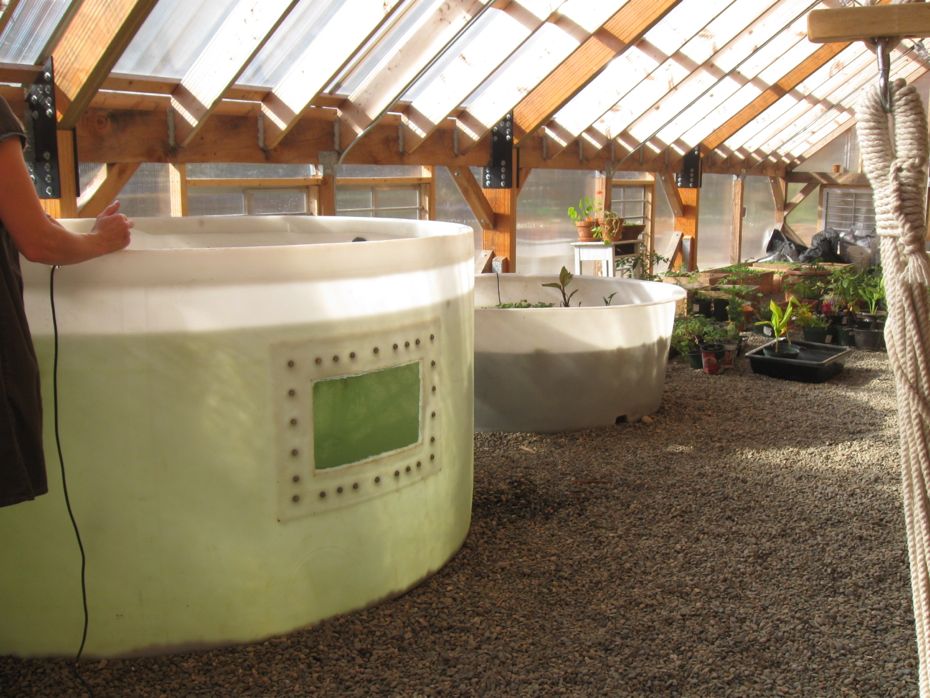
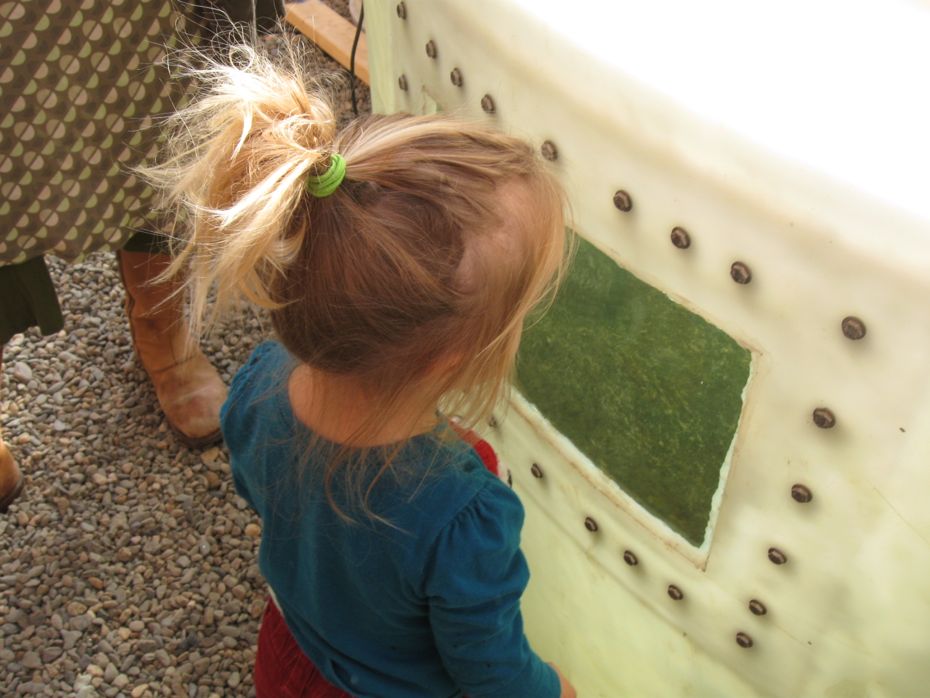

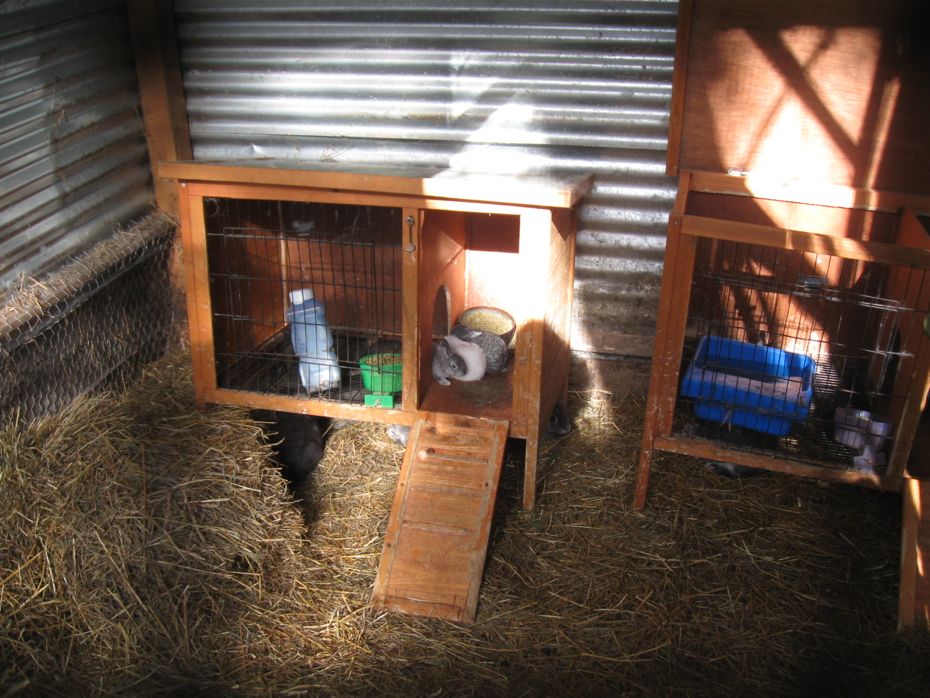

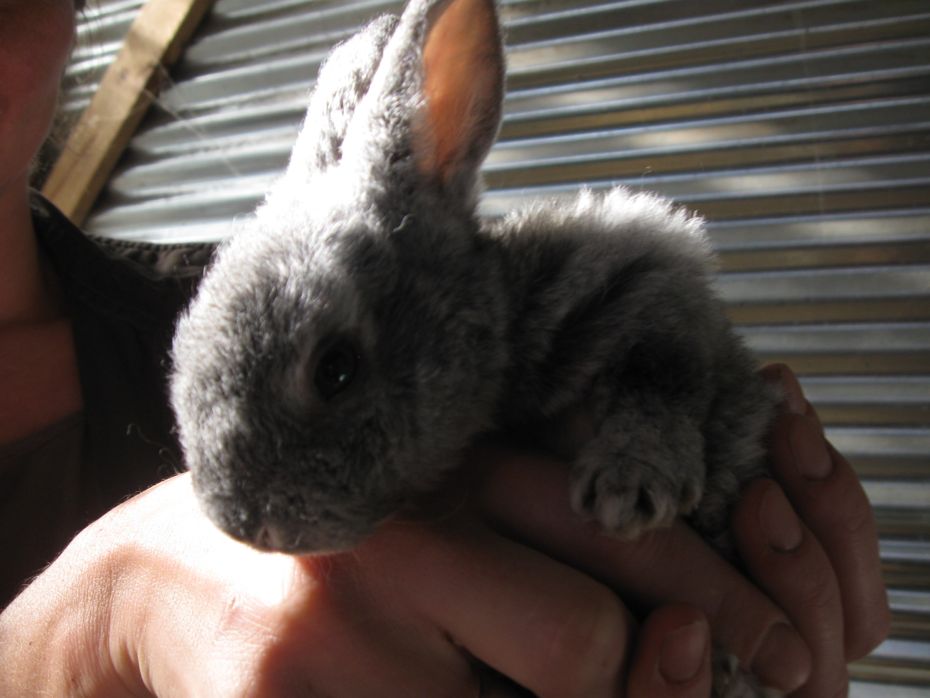
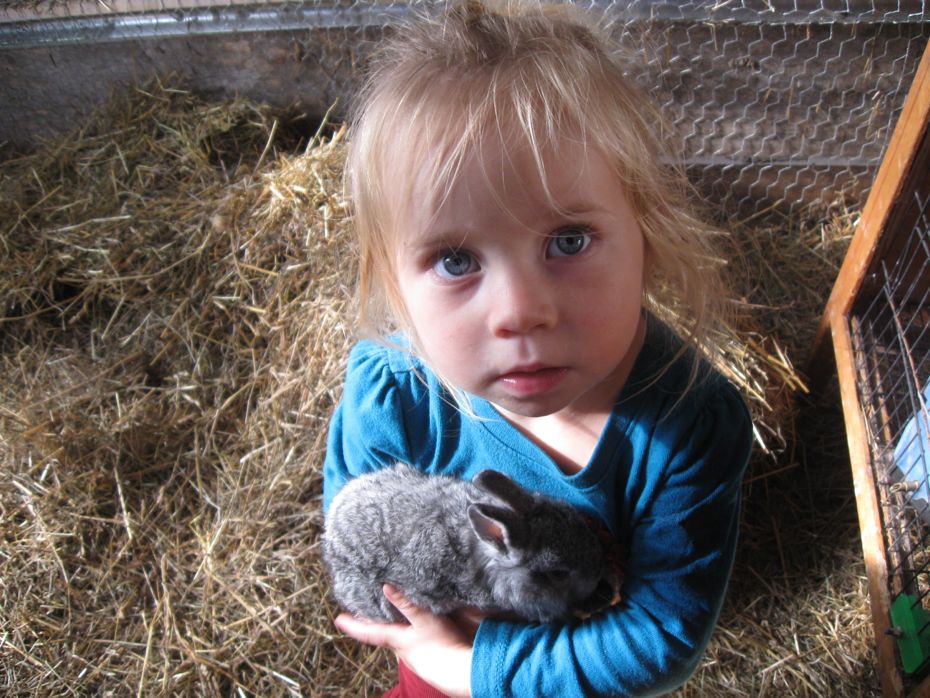
Comments
Awesome. Have been biking by this place every evening for the last few months, but all I can see it the outside. The inside looks incredible.
... said ethan on Nov 16, 2011 at 2:33 PM | link
This is so fantastic! I stopped by in the summer when it was just studs and am amazed at how much of their original plans are up and running. It's great to see that the Radix Center made such great use of the grant. I'm sure they won based on the merits of the project but may I suggest in future grant proposals bringing the adorable woeful-eyed child with a baby bunny. Cute overload! The money will come pouring in. :-)
... said Chrissy on Nov 16, 2011 at 2:34 PM | link
Fantastic, a reason to be proud to be from Albany, NY.
... said Josh on Nov 16, 2011 at 7:54 PM | link
So impressive! So great to have this in our fair city!
... said Jason on Nov 16, 2011 at 11:59 PM | link
Congratulations Scott and Stacy for the great work and for delivering on the Sunmark grant.
... said Lissa on Nov 17, 2011 at 9:03 AM | link
Fantastic. I wish I had room to build my own little greenhouse.
... said Summer on Nov 17, 2011 at 10:24 AM | link